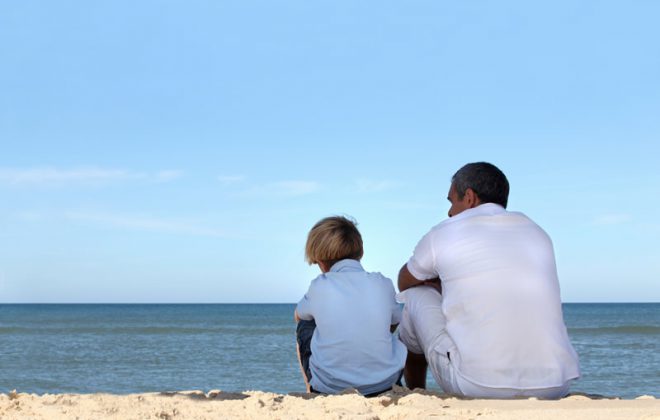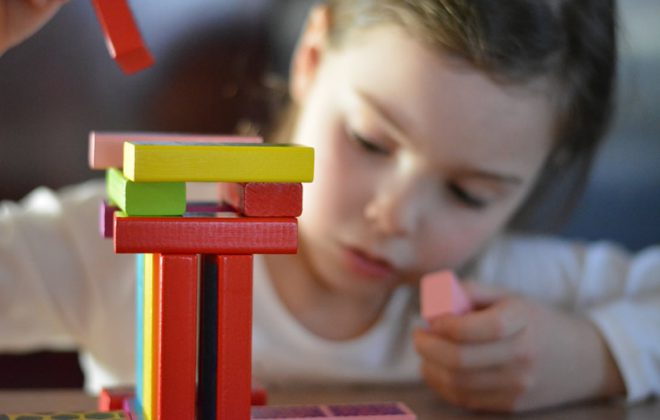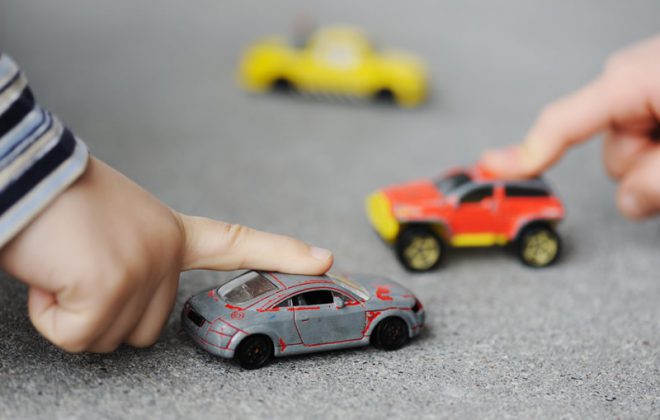Ep11 – Nurturing and Attachment
Hey there little person, welcome to the world! Let me take your bags; oh, I see they are full of genes. I wonder how they will influence your temperament. I also wonder what type of person you will become under my nurturing. I suppose we will find out over the next few years. I hope I can give you the strength to deal with the world and the people you will meet..
Key points
- Nurturing is central to how we develop.
- The relationship between parent and child is the foundation of our social selves.
- A child’s mind connects to other minds through the attachment with parents.
- A secure attachment is achieved if we respond to our child’s cries promptly, consistently and appropriately.
Nurturing
As I have mentioned in previous posts, baby braggers should not get ahead of themselves. Pride comes before a fall. Even if you are lucky to have a baby with an easy temperament, that’s not a golden ticket for both of you to have a perfect relationship and life. There is this stuff called parenting or a term that I prefer, nurturing — that has to happen.
People talk about nature versus nurture, but, a better way to put this (to quote Dan Seigel and Mary Hartzell in Parenting from the Inside Out) is, for human beings, with nurturing being so central to how we develop, nurture is nature. That is, humans are naturally very social creatures, and our development and abilities are strongly dependent on how we are nurtured.
We do not start with a blank slate (we have our temperament), but how we end up as adults is largely dependent on our relationship with others, particularly our primary carer (usually our mother). Other species, even mammals (think antelope or sheep) can walk, then run and eat independently within hours—they have far more in-built instincts. We often take more than six months just to learn to sit up!
Yet, humans have an amazing brain that can do so much. By the age of three we can usually have conversations using sentences (no other animal, including other primates, get close to this even as adults), pick up social cues and sense other people’s emotional states and thoughts (so we can operate in teams), and even pretend play with other children our age (getting ready for the big wide social world). Wow!
As human beings, our development is, in essence, a slave to our social selves. We learn almost exclusively from others, and apart from our temperament, are born with very little fixed wiring. The way we end up is not pre-determined, like Michelangelo ‘finding’ The David within the marble; we are built up, constructed out of the clay that comes largely from the relationship between parent and child
A journey begins
How we get together
Human minds need to be emotionally connected to other human minds. Have you seen the Tom Hanks film Castaway? How horrible it would be to contemplate never having human contact again. He even turns a volleyball into a friend! (Hello, Wilson). Our brains are as big as they are because of this need. The most essential nutrient for your child’s mind, the thing that makes it grow, is a meaningful connection with other minds, particularly yours.
However, we first must learn how to connect with other minds. Your child does this with their first relationship, and this is usually with their mother. As mentioned previously this is called attachment.
Attachment
If we were a tree, our attachment would be our trunk. Just like a tree trunk’s fastening to the ground; everything else flows from it. It’s how we orientate to the rest of the social world. This is essential because we are such social beasts.
It’s important to note that attachment is an ongoing phenomenon, even into adulthood. We attach not only with our mother, but with other people from whom we can ‘gather strength’ (a lovely term developed by American psychologist, Julius Segal). It’s never too late to develop or strengthen attachment with important individuals in your life. A child’s attachment to their two parents may differ and can also change over time.
Our attachment is where we flee to in times of emotional trouble, when all else fails. ‘Mum’s here, everything’s ok.’ It acts as bedrock, a platform from which we can spring into new relationships and make sense of the world. I’ve heard stories of wounded and dying soldiers in battle calling out for their mother before they died — it is that entrenched.
So, how can we support this incredibly important development for our child?
A secure attachment is achieved if we respond to our child’s cries promptly, consistently and appropriately. Pretty basic but very important stuff. The three main ways attachment can go wrong are:
- Carer not responding — this can result in a lack of emotional depth in the child. People who are raised in this way can even develop what is called ‘learnt unresponsiveness’ and be emotionally barren — think Romanian orphans. They are also more likely to parent this way themselves (so it can become ‘inheritable’).
- Carer responding inconsistently — this can lead to uncertainty and anxiety in the child.
- Carer responding inappropriately — such as with aggression or anger. This is obviously very damaging, and happens in situations of emotional abuse. There creates a terrible and unsolvable paradox for the child, where the person they are completely reliant on for teaching them how to relate to the world is also a threat. Fortunately, even from this terrible situation a person can still heal — yet another example of the incredible resilience of children, or for that matter of human beings in general — if given the right care.
Remember, you don’t have to get it right all the time. If we are generally responding promptly and appropriately, that’s good enough.





